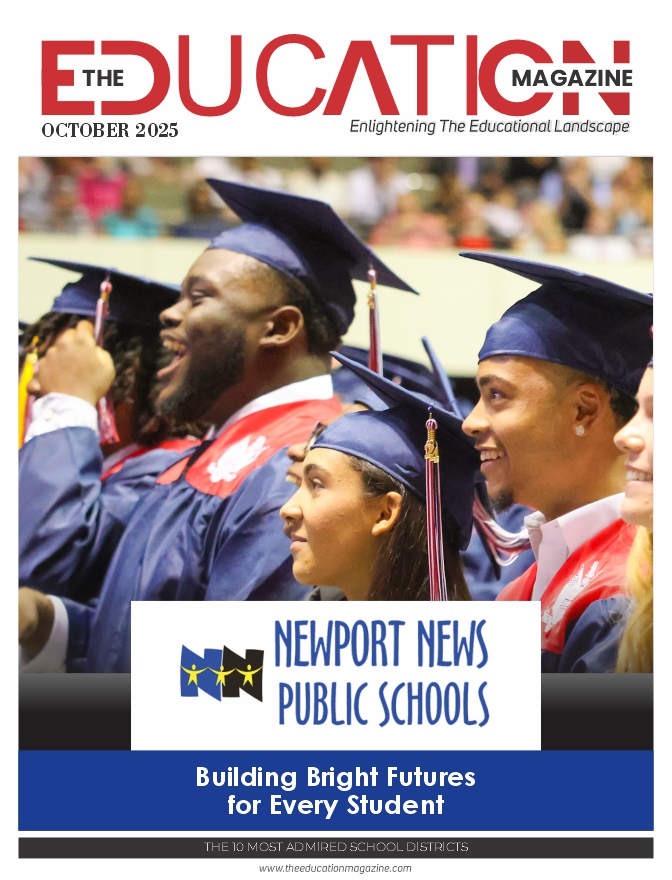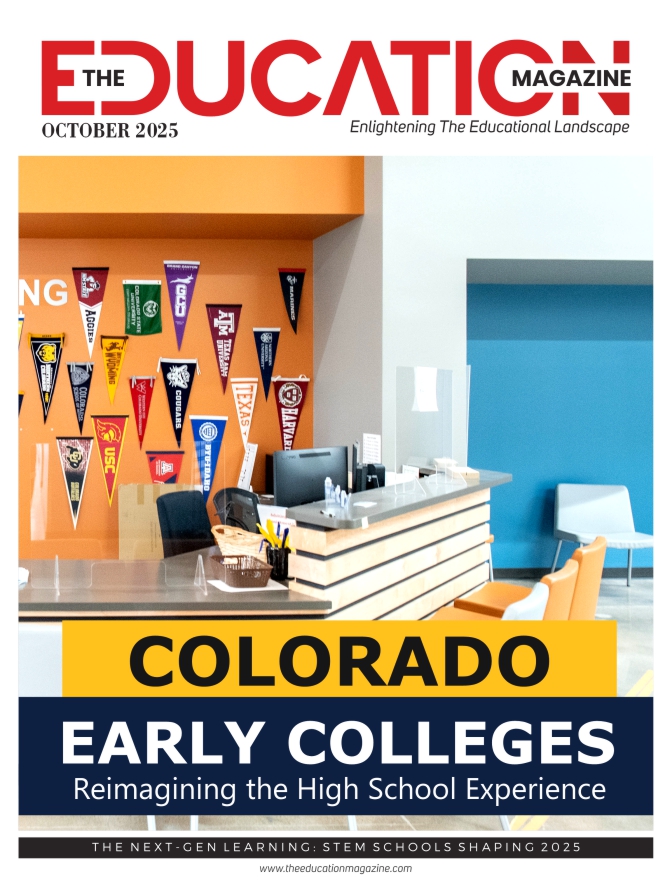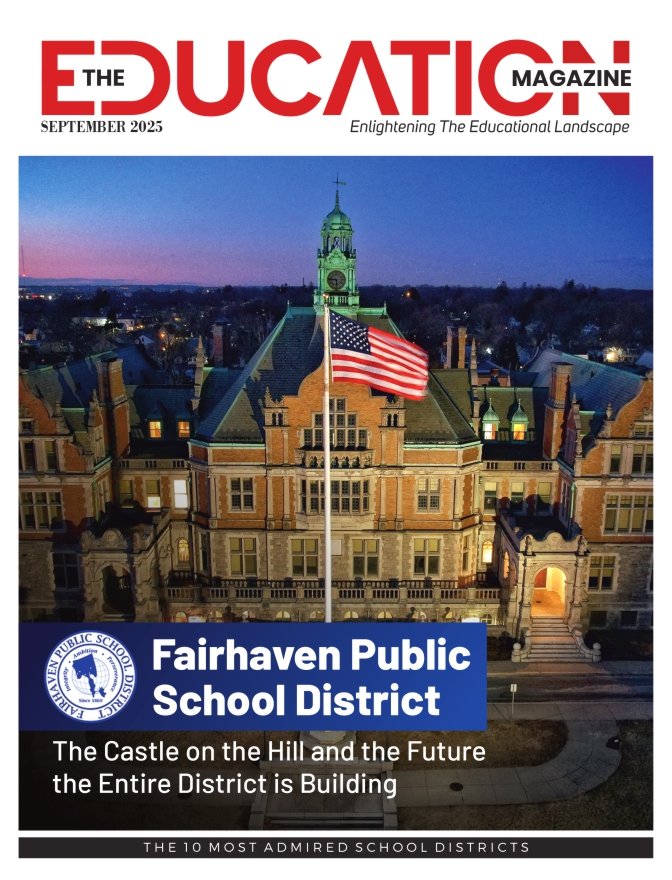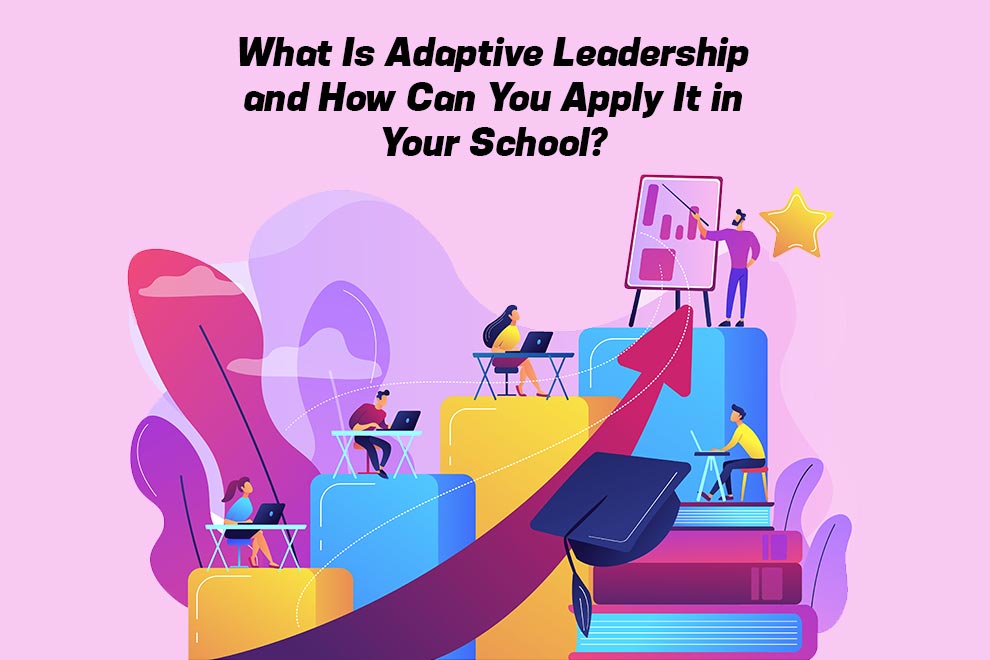Have you noticed how people who once dreamed of tech jobs or corporate ladders are now talking about teaching? Maybe it’s someone who left a finance role to tutor full-time, or a project manager who suddenly decided they want to work in a classroom. In this blog, we will share what’s behind this growing trend and why education, of all fields, is pulling in talent from across the board.
A Shift in Priorities, and in Purpose
The career map that once pointed straight toward prestige, perks, and six-figure salaries has started to veer in new directions. Especially after the upheaval of 2020, more people are reconsidering what “meaningful work” actually looks like. When companies went remote, then hybrid, then back in-office (sometimes with little warning or logic), workers had time to reflect—on burnout, on flexibility, on whether their jobs were adding real value to anyone besides shareholders.
The field of education started to look less like a backup plan and more like a deliberate choice. It offers connection, consistency, and the kind of day-to-day impact many professionals found missing in their former roles. Teaching doesn’t just fill hours—it fills purpose. Even amidst salary debates and structural hurdles, the ability to influence lives, shape communities, and contribute to something bigger has drawn people in.
But there’s also practicality behind this shift. Remote learning made education more accessible—not just for students, but for would-be educators. Paths into the field have opened up in ways that don’t require quitting a full-time job or relocating for grad school. For example, many career changers are now opting to pursue an online M.Ed degree, which allows them to study on their own schedule while continuing to work or gain field experience. The flexibility of these programs, paired with the increasing demand for qualified educators, has made the transition far more feasible than it was a decade ago. These degrees offer targeted instruction, licensure preparation, and pathways into leadership—all without sacrificing work-life balance. It’s a streamlined, modern approach to entering a field that still values deep, hands-on commitment.
This new accessibility doesn’t cheapen the profession—it elevates it. It invites people with real-world experience and diverse backgrounds into classrooms that benefit from broader perspectives. Education has always needed people who understand the world beyond textbooks. Now there’s a pipeline bringing them in.
The Real-World Impact of Teaching Feels More Urgent
Society has always leaned on teachers. But over the last few years, that reliance has become more visible, more emotional, and more tied to our collective future. Whether it’s pandemic learning gaps, growing student mental health needs, or the push for equity in education, there’s a growing sense that schools are ground zero for almost every challenge a community faces.
That urgency has pulled in people who might have once seen education as a slow or bureaucratic field. Now they see it as a front line. And they’re not wrong. Teachers are responding to crises in real time, adapting to new technologies, bridging achievement gaps, and offering emotional support in ways that stretch far beyond their job descriptions.
That level of responsibility might sound overwhelming. But for many, it’s exactly the kind of challenge they want. In a world where many jobs feel abstract or transactional, teaching is concrete. You know who you’re helping. You see the results.
And it’s not just K–12 education that’s drawing attention. Adult education, community college instruction, and workforce development roles have all seen increased interest, especially as economic shifts demand more retraining and lifelong learning. These areas offer career educators the chance to serve learners who are navigating real-world transitions, which adds another layer of impact to the work.
Stability Is a New Kind of Ambition
While teaching isn’t known for its high salaries, it does offer a different kind of wealth—stability. Benefits packages, pension systems, job security, and long-term contracts are attracting those who’ve watched corporate layoffs or startup collapses shake once-promising career paths.
This doesn’t mean everyone entering education is giving up on ambition. On the contrary, the profession offers clear growth ladders—from classroom teaching to curriculum leadership, from school administration to policy advocacy. The difference is that success in this space isn’t tied to volatile market cycles or merger drama. It’s tied to experience, investment, and results over time.
For professionals who’ve grown tired of rollercoaster industries, education offers the kind of predictability that supports family planning, homeownership, and steady career development. The hours might be demanding, but the rhythm of the academic calendar gives structure to a career in a way that gig work or startup culture rarely can.
More Respect for the Profession Is Emerging—Slowly
Let’s be honest: teaching has long been undervalued in public conversation. But that’s starting to change, at least in small but meaningful ways. Communities are beginning to recognize the weight educators carry—especially after seeing firsthand the chaos that followed remote learning. Parents, students, and even policymakers are seeing how much work goes into keeping classrooms running.
This shifting perception is part of what’s drawing more people toward the profession. Respect matters. Knowing that your work is visible and valued helps counterbalance the harder days. And as conversations around teacher pay, class sizes, and support services gain momentum, the long-term outlook is improving, even if progress is slow.
There’s also growing prestige in educational leadership roles, both inside and outside of schools. Instructional designers, education consultants, and program developers are in high demand—especially those with classroom experience. That means teachers can grow without leaving the profession behind, which makes the career arc more dynamic and sustainable.
Education’s Future Is Flexible, Not Fixed
Part of the appeal of a career in education today is its openness. It’s not one path—it’s many. Teach for five years, then lead professional development. Start as a reading specialist, then pivot into edtech. Work in public schools, then move into nonprofit advocacy or curriculum design. Education doesn’t lock you in; it sets you up.
It also adapts. Technology isn’t replacing teachers, but it’s reshaping how they work. Hybrid learning models, digital platforms, and data-informed instruction all offer new tools for engagement. For educators who are creative, curious, and collaborative, this era isn’t threatening—it’s full of possibility.
That mindset shift is huge. It means that education is attracting not just those with a calling, but those with vision. People who want to build something better, challenge old systems, and bring innovation into spaces that genuinely need it.
More people are choosing careers in education not because it’s easy—but because it feels necessary. Because it offers meaning, structure, and connection in a time when a lot of jobs don’t. And because shaping minds, guiding growth, and helping others learn is one of the few things that never goes out of style.
Also Read: When to Hire a Private Investigator for Corporate Investigations in the UK










